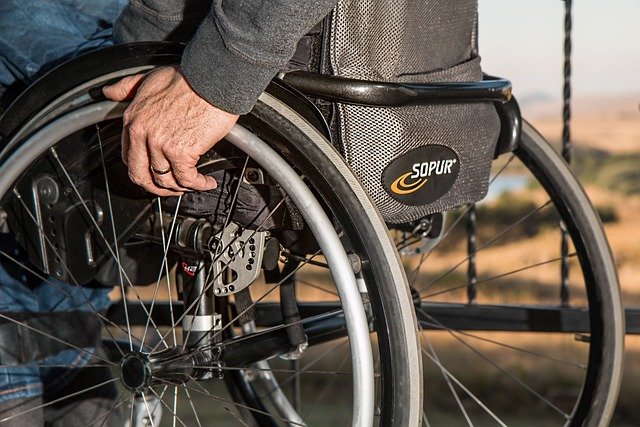How to Find a Ford Mustang for Sale Near Me: A Practical Local Buyer's Guide
Finding a used Ford Mustang in your area is easier when you combine smart search tactics with a careful evaluation process. This guide walks through where to look, how to choose models and trims, what to check in the vehicle’s history and condition, and the practical steps for financing, insurance, test drives, negotiation, and closing a local purchase.

Search strategies: dealers, private sellers, online sites
A focused search plan saves time and helps you spot genuine value. Start with local dealers that regularly stock performance coupes; many publish live inventory with filters for year, mileage, engine, and transmission. Ask sales staff about incoming trades and get on alert lists. For private sellers in your area, check community boards and enthusiast groups, where long-time owners often share maintenance history. Online marketplaces and classifieds let you set alerts, expand or shrink search radius, and compare similar listings side by side. Use consistent filters so you can fairly compare condition and equipment.
Choosing the right Mustang: models, trims, features
Match the car to your driving needs. Older V6 models are typically aimed at everyday use, while EcoBoost (turbo four-cylinder) balances efficiency with strong midrange performance. GT models with the 5.0-liter V8 deliver the classic Mustang character and broader upgrade potential. Trim lines and packages matter: Performance Pack options can add upgraded brakes, limited-slip differentials, stickier tires, and chassis tuning. Consider features like adaptive dampers, Recaro seats, and driver-assist tech on newer model years. If you expect regular track days, prioritize cooling upgrades and braking capacity. If this is a daily driver, cabin tech, ride comfort, and noise levels may be more important than outright lap pace.
Vehicle history and inspection checklist
Verify the car’s background before you fall in love. Run a VIN-based history report to check title status, past accidents, odometer consistency, and prior registration locations. Review service records; consistent oil changes and timely maintenance are good signs. Look for signs of heavy track use (uneven tire wear, heat-cycled brakes, added tow hooks) and assess modifications carefully—quality parts and professional installation are key. On inspection, examine panel gaps and paint match for repair evidence, check underbody and suspension components for damage, and inspect tires for age and even wear. Test electrical features, lights, infotainment, and driver aids. For convertibles, operate the top to confirm smooth, quiet function and look for leaks. A pre-purchase inspection by an independent technician helps reveal engine, transmission, cooling, and differential issues that a quick look can miss.
Financing, warranties, and insurance considerations
Plan your budget and paperwork before you start making offers. Securing preapproval from a bank or credit union can clarify your target payment and help you negotiate. Understand the impact of term length and condition-based valuations on total cost of ownership. Some dealer-sold used vehicles may qualify for a limited warranty; third-party service contracts exist, but read coverage details closely and confirm which components and labor rates are included. Insurance premiums for performance cars can be higher—collect quotes with the exact VIN to account for trims and safety equipment. Ask about gap coverage if your down payment is small, and make sure you understand local registration, taxes, and emissions requirements so there are no surprises at delivery.
Test drive, negotiation, and closing in your area
Structure the test drive to surface issues. Begin with a cold start to listen for unusual noises, then drive a route that includes city streets and highways. Pay attention to clutch engagement and shift quality on manuals, and check for smooth, decisive shifts on automatics. Evaluate steering feel, brake bite, and straight-line tracking. Listen for suspension clunks over bumps, and verify that the engine pulls strongly across the rev range without misfires. After the drive, scan for diagnostic codes if possible. When negotiating, use documented condition, maintenance records, and comparable listings to support your offer. For private sales, meet in a well-lit public place or at a bank branch; verify the seller’s ID matches the name on the title. For dealers, review the buyer’s order carefully, checking fees line by line. Complete the bill of sale, confirm lien release steps if applicable, and obtain temporary permits if required in your area.
Local search practices that reduce risk
Good process reduces regret. Keep a running checklist of each car you view so you can compare condition and equipment objectively. Save copies of listings, photos, and messages, since online posts can disappear quickly. If you’re cross-shopping multiple years or trims, test the cars back to back—differences in seating, visibility, and throttle response are easier to judge while impressions are fresh. Build a short list of independent shops nearby that can do same-day pre-purchase inspections, so you can move fast when the right car appears. Finally, be patient: the most confident purchase comes from a match between your intended use, a car’s condition and history, and a fair, well-documented deal.
Conclusion Finding a used Ford Mustang in your area is a matter of disciplined searching, careful mechanical evaluation, and organized paperwork. By combining clear criteria, a thorough inspection process, and prepared financing and insurance, you can identify a car that fits your goals and complete the purchase smoothly. A methodical approach gives you the best chance of enjoying the ownership experience from day one.




